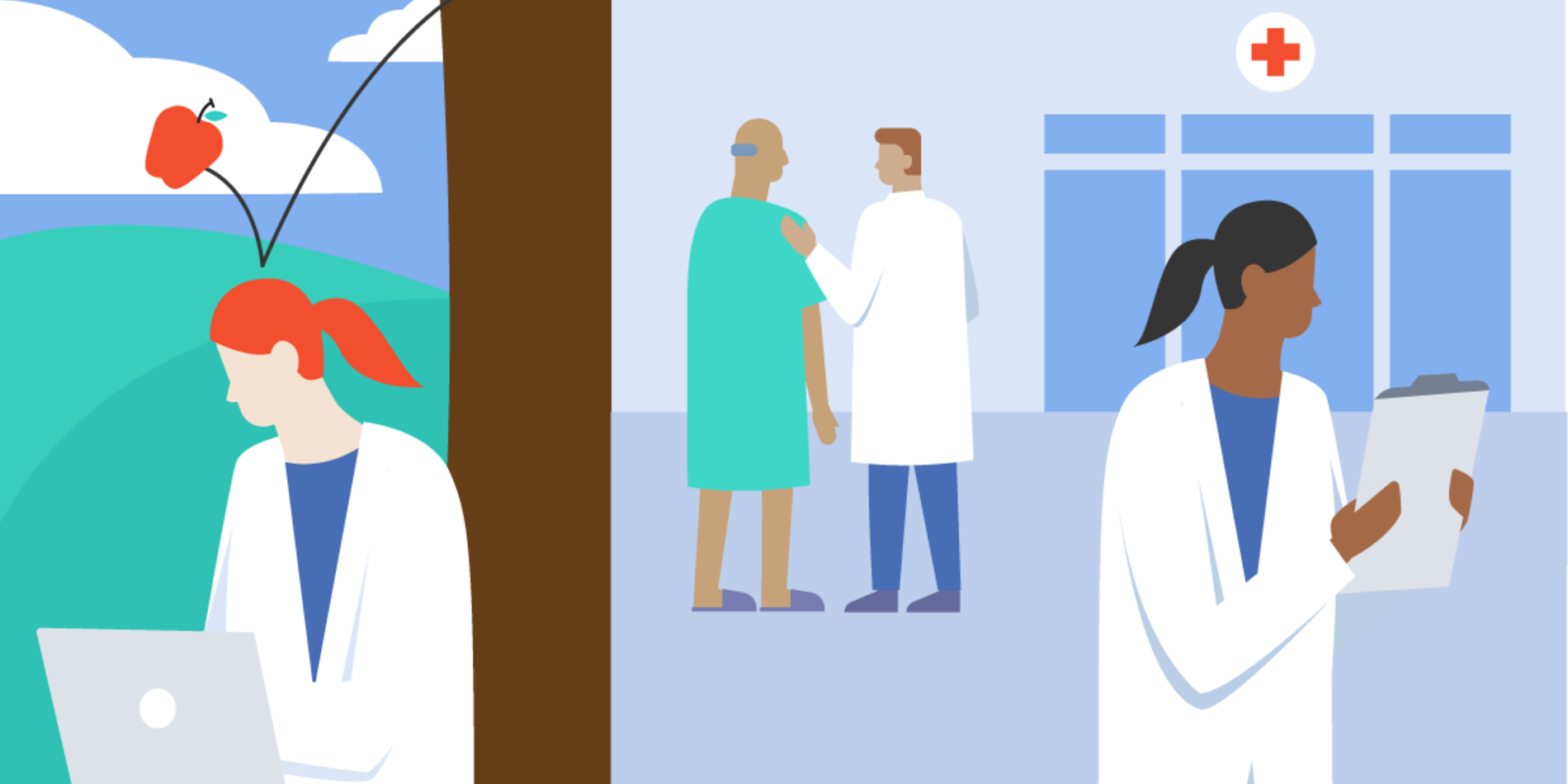Paul Yock: Innovation in medical technology
When Stanford’s Paul Yock was a young interventional cardiologist, he was frustrated by the complex, two-person process required to deliver life-saving stents.
So, he invented a better way. His Rapid Exchange stenting and balloon angioplasty system, one of several inventions Yock is known for internationally, can be managed by just a single operator, making procedures like stent placement faster and safer. Yock is a man of many talents. He is a doctor, a professor of bioengineering and of mechanical engineering, and an innovator who combines these many interests to solve problems in healthcare.
He says that the aha moments work beautifully when they come, but they are too often based in luck. For the rest of us, there is a better and more consistent path to transformative medical tools he calls the biodesign process. It starts, first, with a deep understanding of the medical need. The next step is brainstorming and iteration, preferably by non-hierarchical, multidisciplinary teams of doctors, engineers and business people. Diversity of insights and expertise leads to better inventions, Yock says.
Join host Russ Altman and physician-inventor, Paul Yock for an exploration of innovation as a process that can be learned and repeated.




